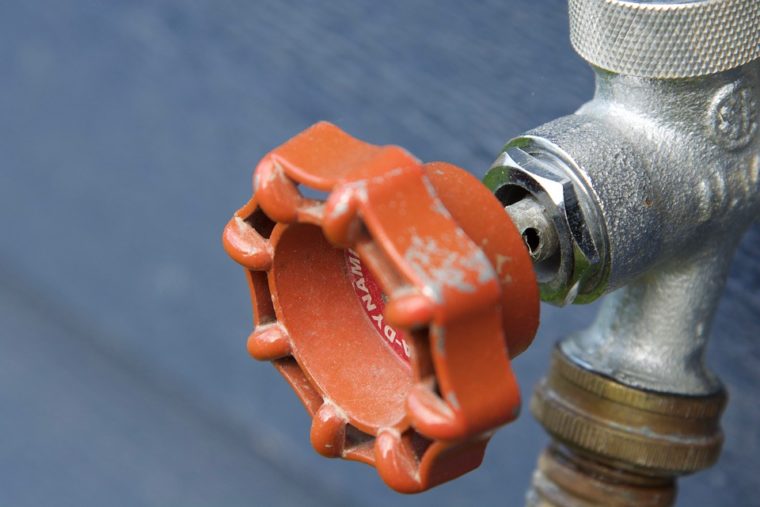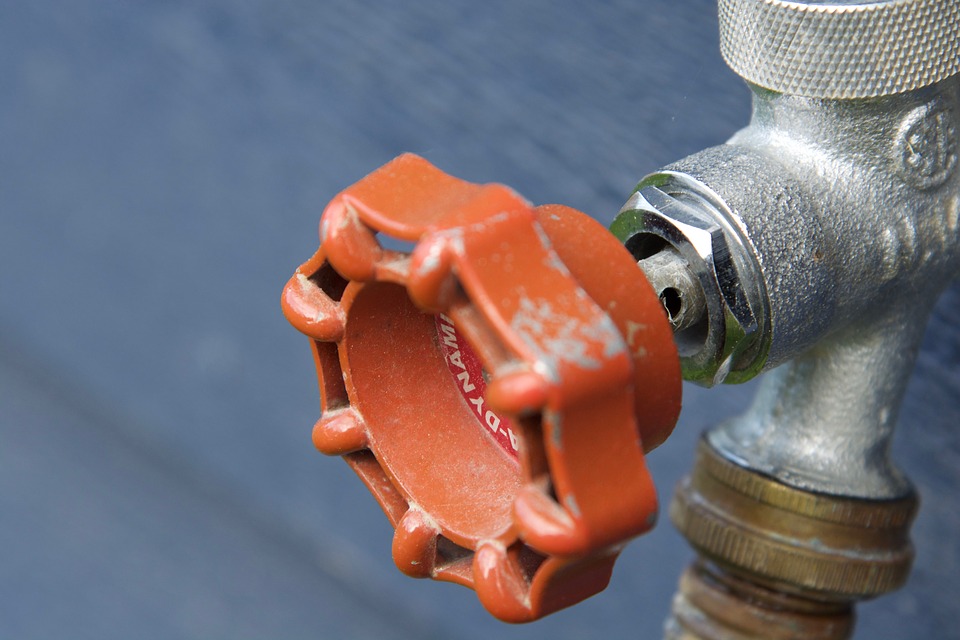
After a long period of totally inadequate funding for critical water projects, the tide appears to be turning and funding is becoming more readily available.
Late in 2018, authorization was given for almost $6 billion in funding for water infrastructure projects. The funding resulted from passage of the America’s Water Infrastructure Act. The act also reauthorized the Water Infrastructure Finance and Innovation Act (WIFIA), which offers long-term, low-interest supplemental loans for regional and national infrastructure projects. This funding provides a huge boost for funding at the state and local levels of government.
The U.S. Department of Commerce released data this week indicating that total state and local water-related construction increased by 4.46 percent from December 2017 to December 2018. Total spending on such projects during that same timeframe increased from $32.8 billion to $34.3 billion.
The city of Baltimore is the most recent recipient of WIFIA financing. The city learned last week that it had been awarded a $202 million loan to make improvements and renovations system-wide and to its aging Back River Wastewater Treatment Plant. Also seeking WIFIA funding were 61 other entities. The 39 that were invited to apply for the loans were seeking a total of $9.1 billion but the WIFIA program only authorizes up to $5 billion. That $5 billion, however, will help finance more than $10 billion in water infrastructure investments throughout the country.
The good news continued as the U.S. Department of Agriculture recently announced its plans to invest an additional $1.2 billion to help rebuild and improve rural water infrastructure in 46 states. One of the named recipients is the city of Bethel, Arkansas. City officials learned that a $13.627 million project was awarded an $8.25 million loan and a $5.02 million grant. The new funding is allocated for improvements in the city’s water and sewer services.
Last year, the Environmental Protection Agency contributed $2.2 billion to the Clean Water and Drinking Water State Revolving Funds. This funding is designed to help communities replace or upgrade drinking water and wastewater infrastructure. The funds emanate from the federal government but are administered by the states.
 The Texas Water Development Board this week approved more than $30 million in financial assistance for water and wastewater system projects. The big recipient was the city of San Antonio. More than $25 million from the state’s Clean Water State Revolving Fund was awarded for wastewater system improvements by the San Antonio Water System. The previous week, the city of Garland was awarded $7.6 million from the Drinking Water State Revolving Fund to replace approximately 42,000 water meters.
The Texas Water Development Board this week approved more than $30 million in financial assistance for water and wastewater system projects. The big recipient was the city of San Antonio. More than $25 million from the state’s Clean Water State Revolving Fund was awarded for wastewater system improvements by the San Antonio Water System. The previous week, the city of Garland was awarded $7.6 million from the Drinking Water State Revolving Fund to replace approximately 42,000 water meters.
The city of Chattanooga was recently awarded funding from the Tennessee Department of Environment and Conservation. Two loans totaling $24 million will be used for inflow and infiltration correction for Dobb Branch Sewer improvements. Similar corrections will also be made for the South Chickamauga Sewer Basin.
Many state and local governments are investing local funds in formerly neglected water-related projects. A $31 million, four-year project in Palo Alto currently in the design stage will focus on secondary treatment upgrades for the Regional Water Quality Control Plant. Areas of the plant were expanded and improved during the 1970s and 1980s but are now in need of upgrades and replacements. Construction is expected to begin in 2020.
Minnesota Gov. Tim Walz supports borrowing $1.27 billion to pay for a state public works construction program. Of that amount, $67 million would be used for grants and low-interest loans to help local governments fund drinking water and wastewater projects. And in Lewiston, Idaho, voters will decide two separate bond issues in May for improvements to their water and wastewater systems. On the ballot are a $28.5 million wastewater bond and a $42 million water bond. Both the water and wastewater plants are in dire need of replacement.
In Pearland, Texas, city officials are planning water and wastewater project investments of $335.2 million over the next five years. Old pipes will be replaced at several water facilities and 37,000 water meters will be replaced.
Some city leaders are exploring the possibility of collaborative efforts with private-sector investors. The city of Lake Oswego, Oregon, has issued a request for qualifications for a design-build-finance-operate-maintain public-private partnership (P3) for a replacement wastewater treatment plant. The deadline to respond to the solicitation document is April 2.
P3s are encouraged for water-related projects through the Move America Act of 2019, introduced this week in the U.S. House. The bill would create Move America Bonds to expand tax-exempt financing for P3s and lower costs through creation of Move America Credits to encourage private-sector investment in projects.
Long pushed to the back burner because of inadequate funding, many critical water projects will be launched. These initiatives will deliver a significant economic stimulus as well as result in healthier communities, better water quality, improved infrastructure and many new jobs.
